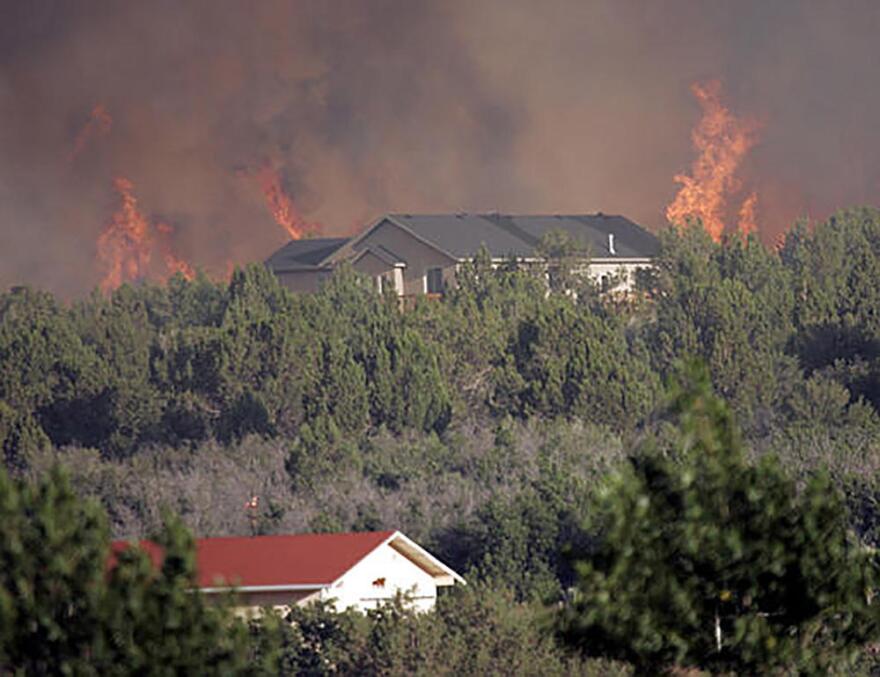Wildfires know no boundaries. They jump from public to private land, from national forests to state parks. And local communities are often the best experts on which forested areas should be managed first to tame the risk of their spread. That’s the word from the U.S. Department of Agriculture, which has announced a new, collaborative approach for managing wildfire risk.
"Business as usual at the USDA Forest Service will no longer work for us anymore," said Vicki Christiansen, the interim Chief at the agency in Washington, DC..
USDA Secretary Sonny Perdue announced states will now help set priorities as agencies address the backlog of hazardous fuels in western forestlands.
Perdue was joined by senators from both parties as he announced the plan. He says there’s an urgent need for more preventative forest treatments and that the knowledge of the states and communities that are at risk is needed as federal agencies set priorities for reducing wildfire risk.
U.S. Sen. Maria Cantwell, D-Wash., said the plan couldn’t come at a more important time.
“We have lost tens of thousands of homes in just the last year. And wildfires have killed 43 people,” she said.
Cantwell says the shared stewardship strategy comes in the wake of new policies she fought for that were passed into law this spring.The USDA and U.S. Forest Service now have more flexibility in how they manage and respond to wildfires.
The new funding model will also put an end to the ongoing forest service practice known as "fire borrowing," a vicious cycle in which the agency has been rapidly spending down prevention funds because of the urgent need for response .
Now, new contingency funds of up to $2 billion per year will be established and available through 2027, for use in bad fire years. And up to $100 million is freed up for prevention projects such as thinning forests and removing hazardous fuels.
Washington State Forester George Geissler, who leads the on-call firefighting force employed by Washington’s Department of Natural Resources, spoke as part of the USDA announcement.
“This year is proving that a wildfire season is a misnomer. In many places, it’s more like a wildfire year,” Geissler said.
“In my own state of Washington, already we have faced over 1,100 wildfires. And our wildfire season actually began about 3-4 weeks earlier than it typically does. And the projections are for it to continue late, into October.”
Geissler says state foresters have a vested interest in the new federal plan because in a typical year, 80 percent of fire suppression on America’s forestland is led by them. He’s glad they’ll have more say in how those battles are fought – and hopefully prevented though more informed management of hazardous territory.







